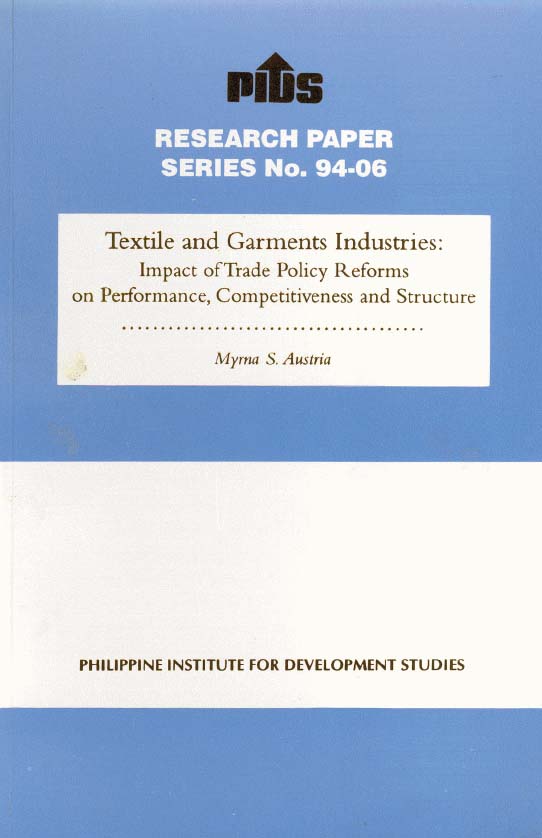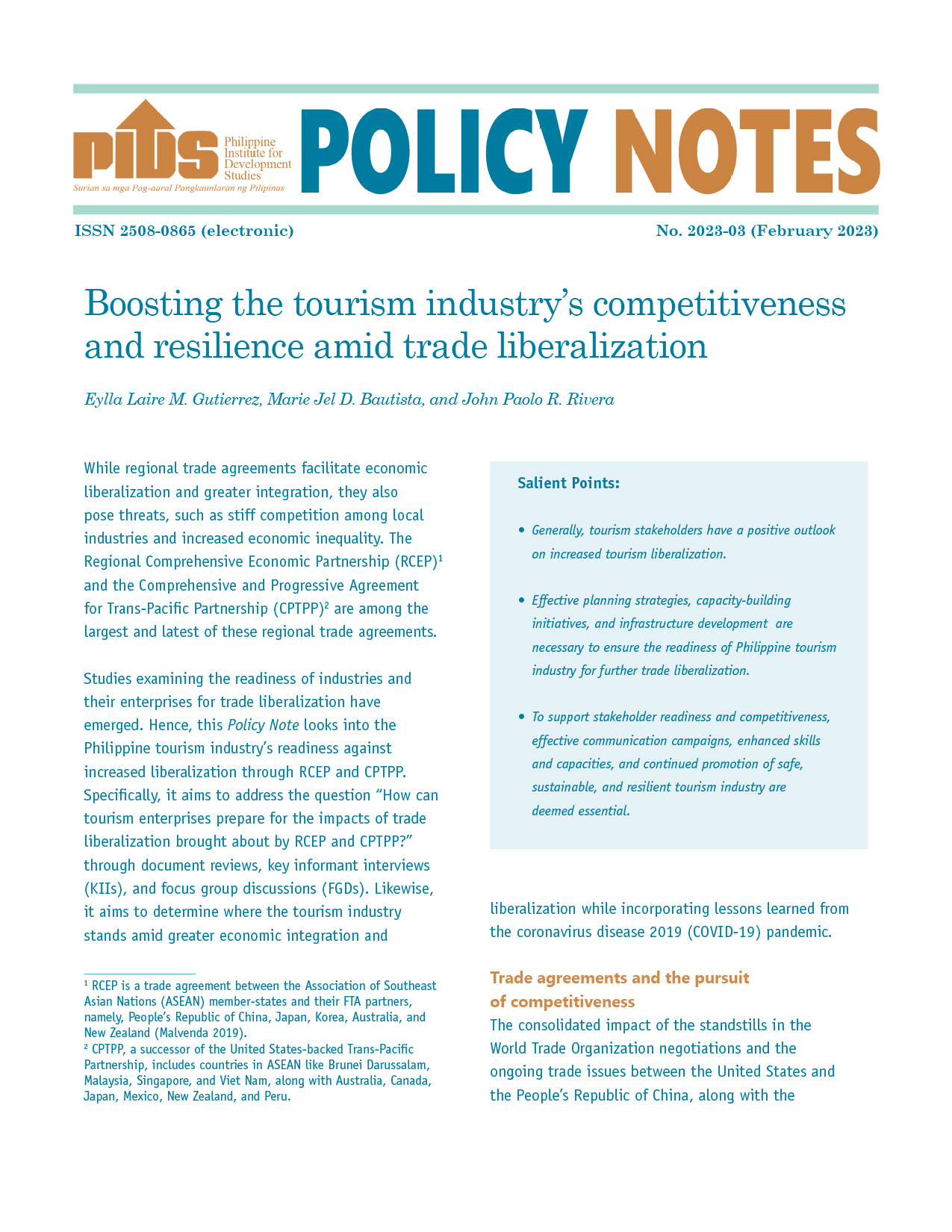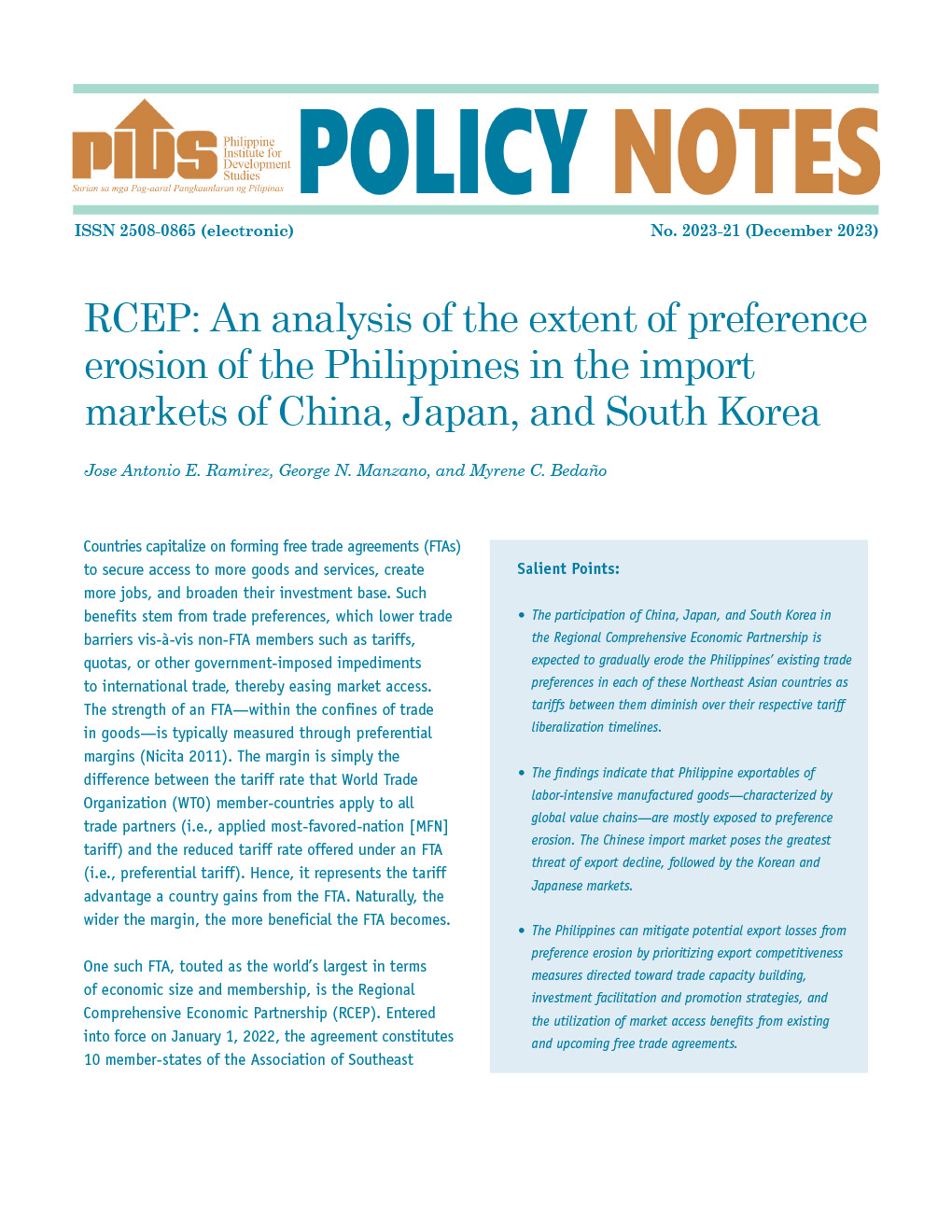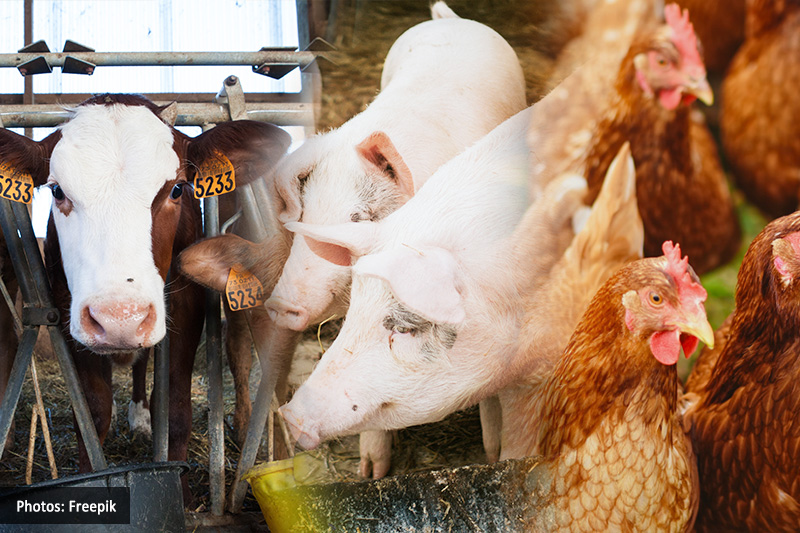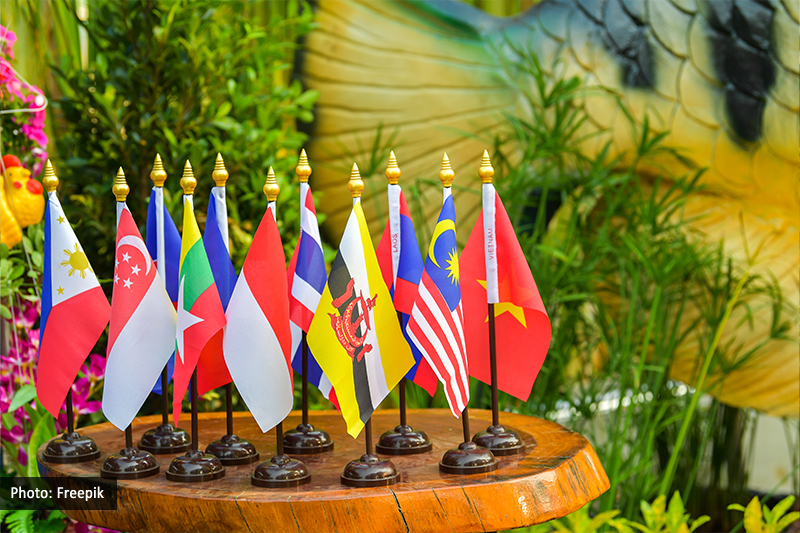It has been argued that high protection rate retards productivity and efficiency. In view of the widespread belief, the government has instituted trade policy reforms aimed to increase efficiency and competitiveness of industries through elimination of distortions in resource allocation. While textile industries is sheltered by heavy protection and is thus inefficient, garment industry is relatively efficient despite less protection bestowed to it. This study analyzes the performance, efficiency competitiveness and structure of both industries. In particular, it examines the response of individual firms to trade reforms and the extent to which the reforms have fostered greater competition and efficiency in resource utilization.
Citations
This publication has been cited 2 times
- Austria, Myrna. 1996. The effects of the MFA phase out on the Philippine garments and textiles industries. Discussion Papers DP 1996-07. Philippine Institute for Development Studies.
- Pineda, Virginia. 1997. Study on the effects of AFTA-CEPT scheme on the textile industry. Discussion Papers DP 1997-22. Philippine Institute for Development Studies.

